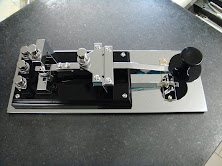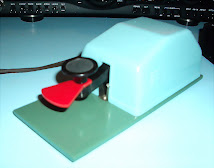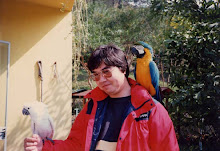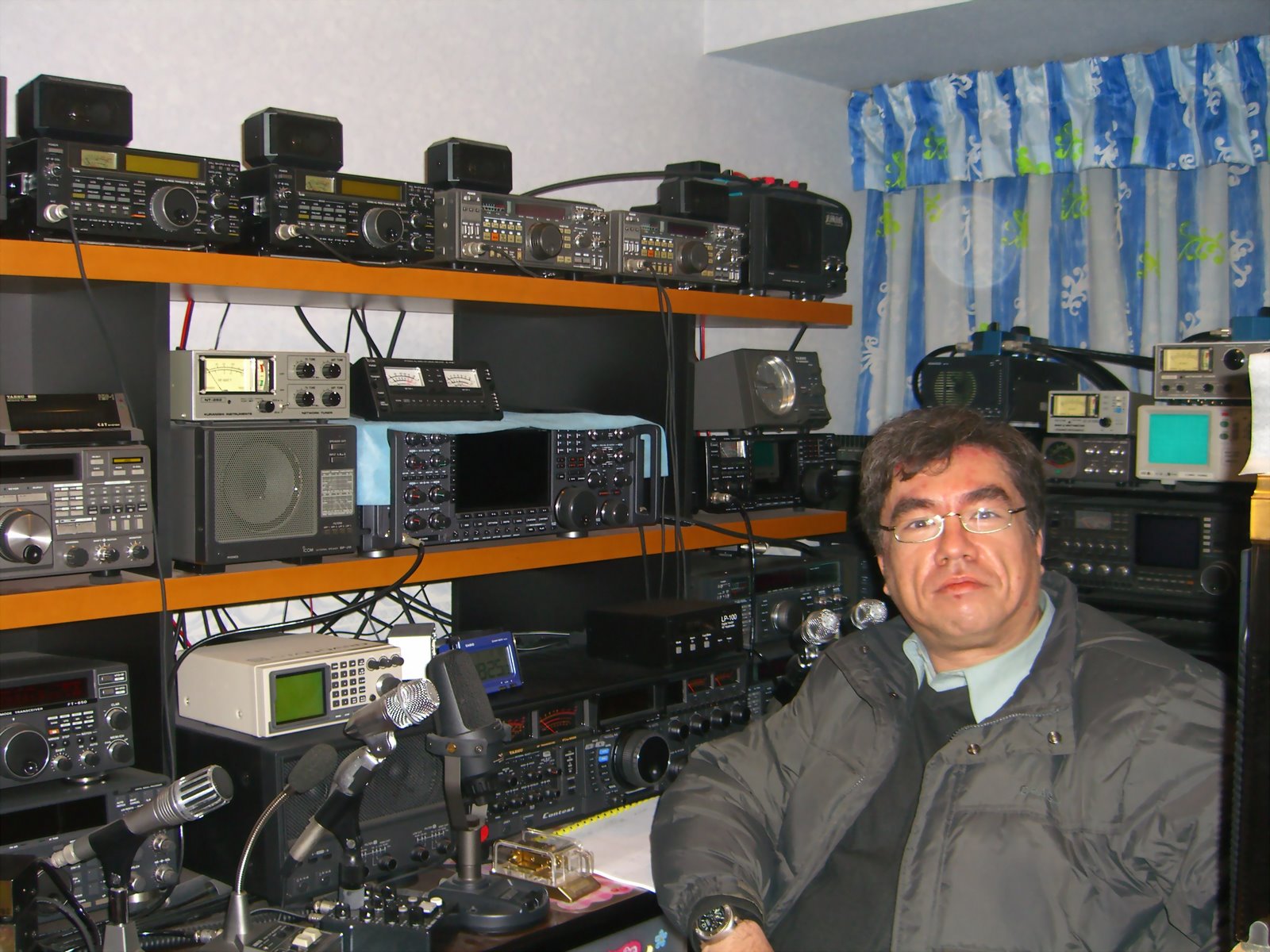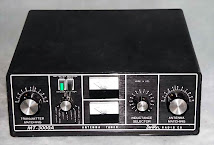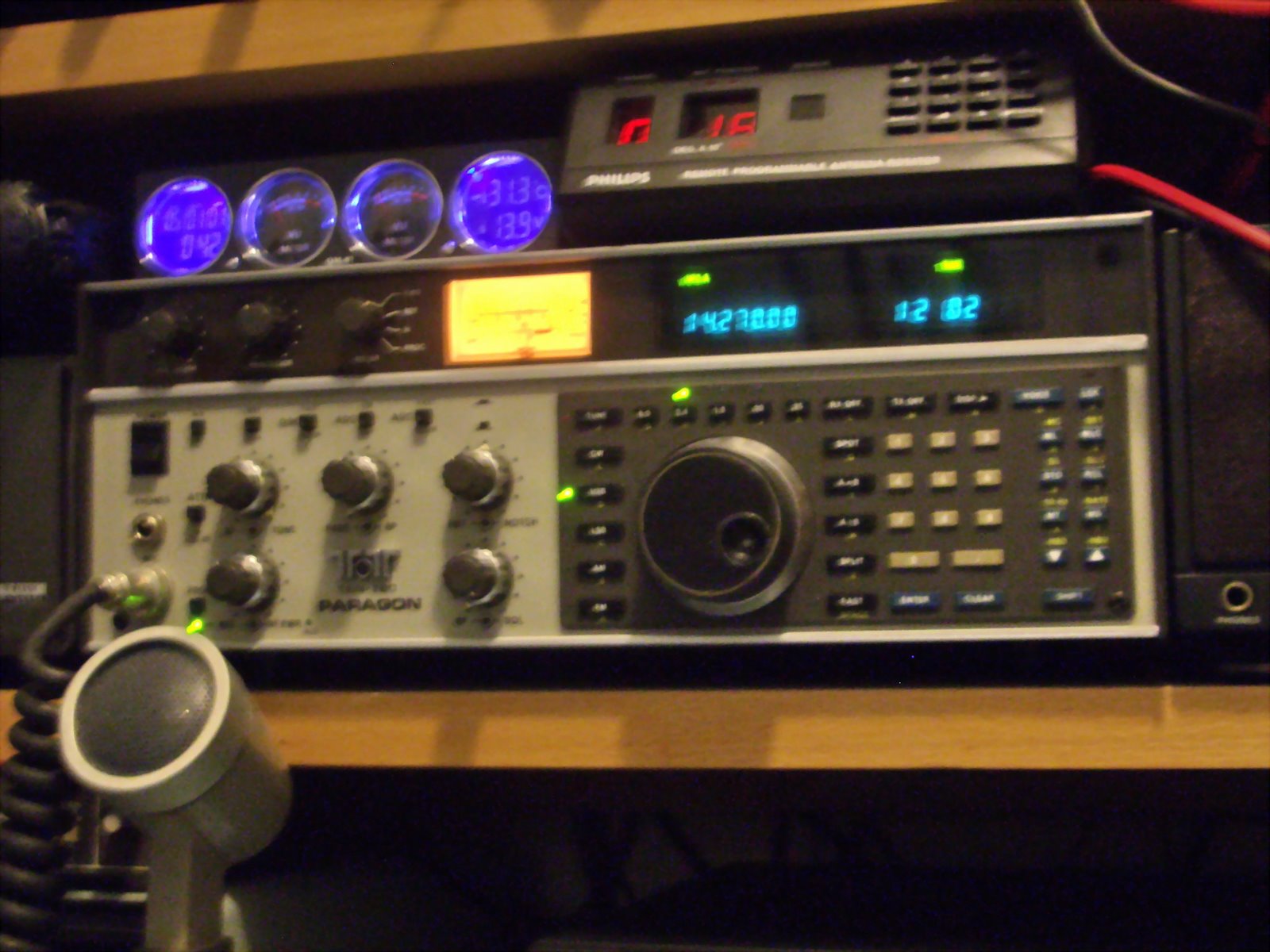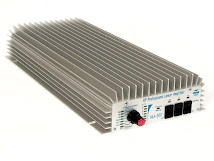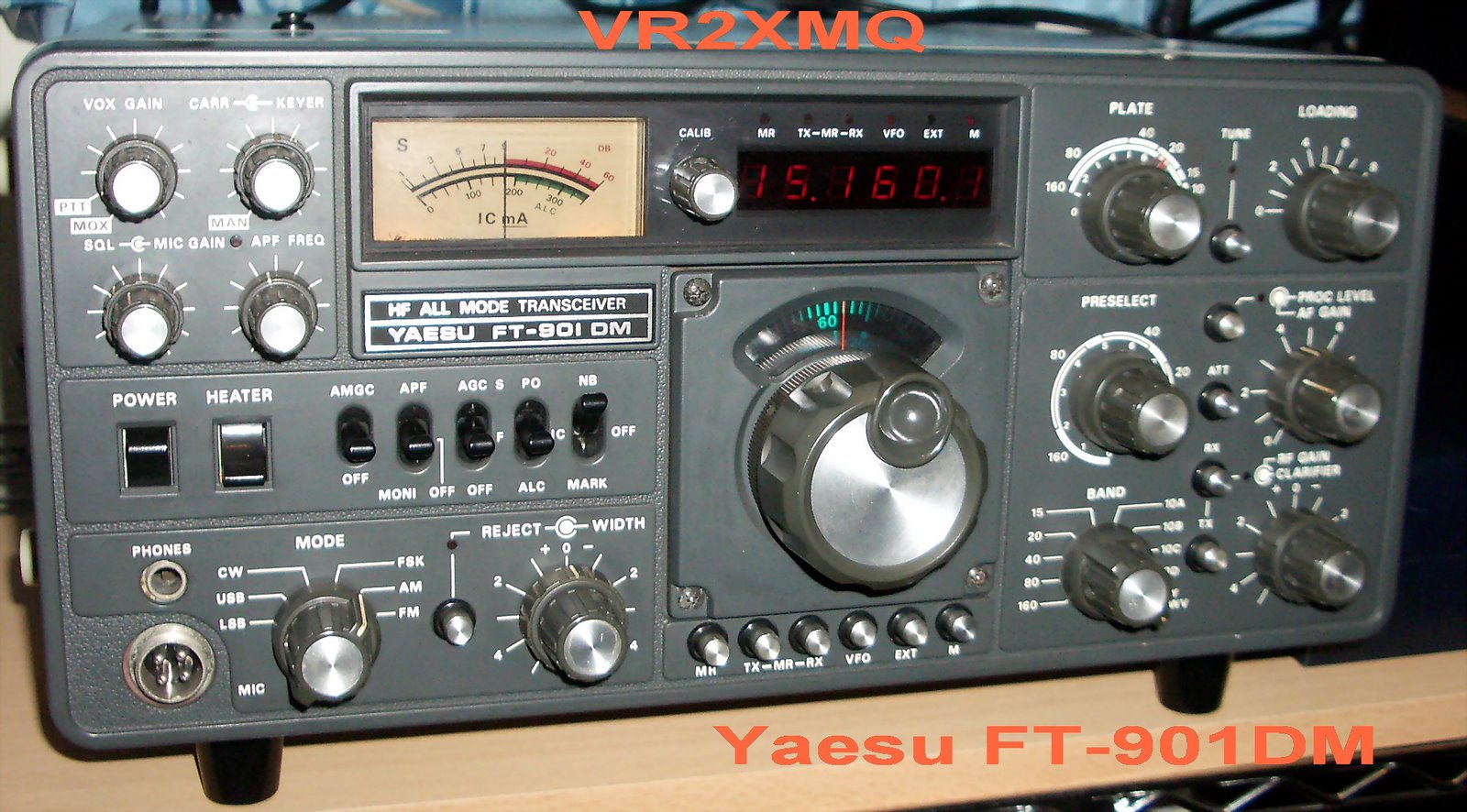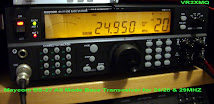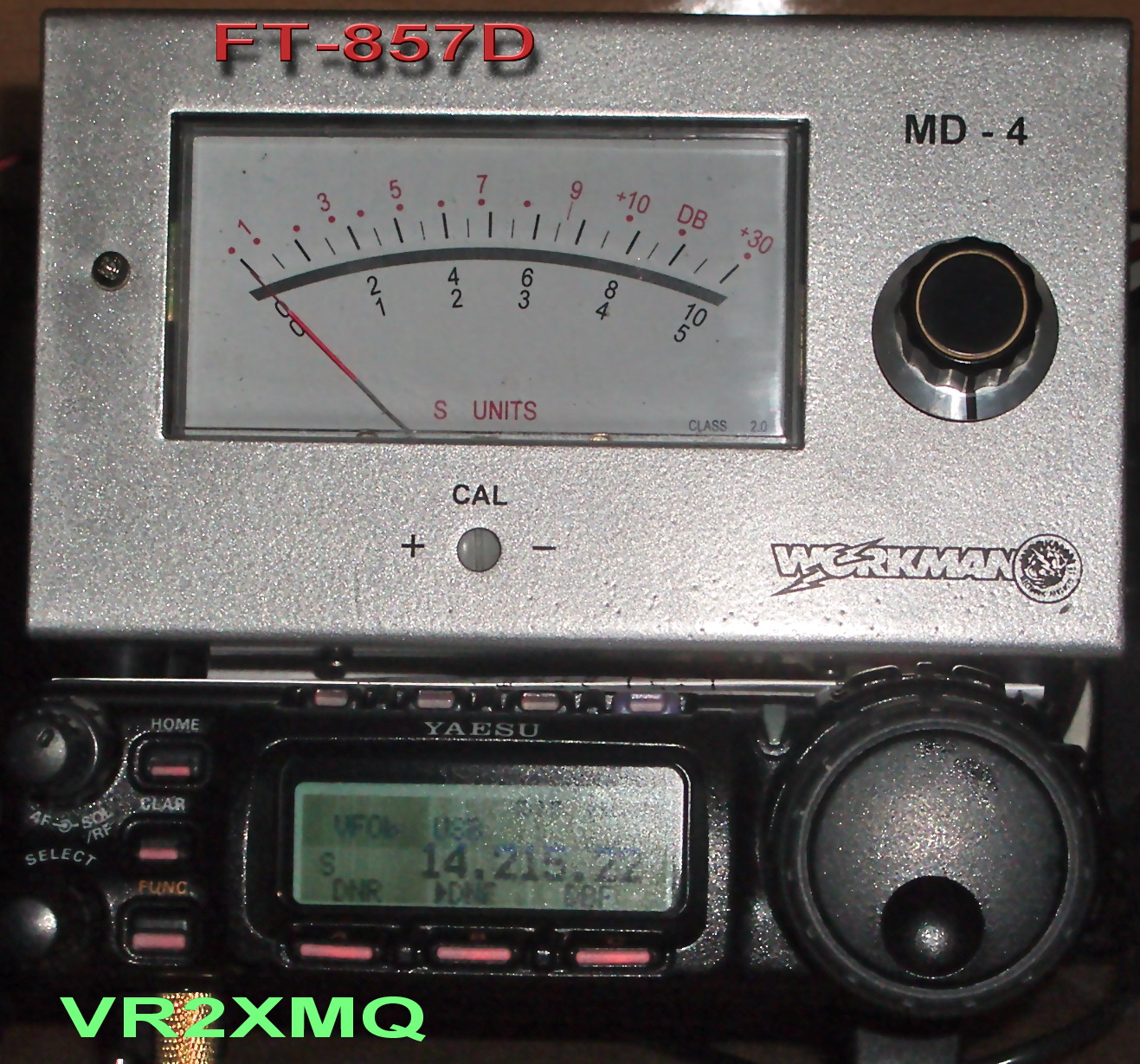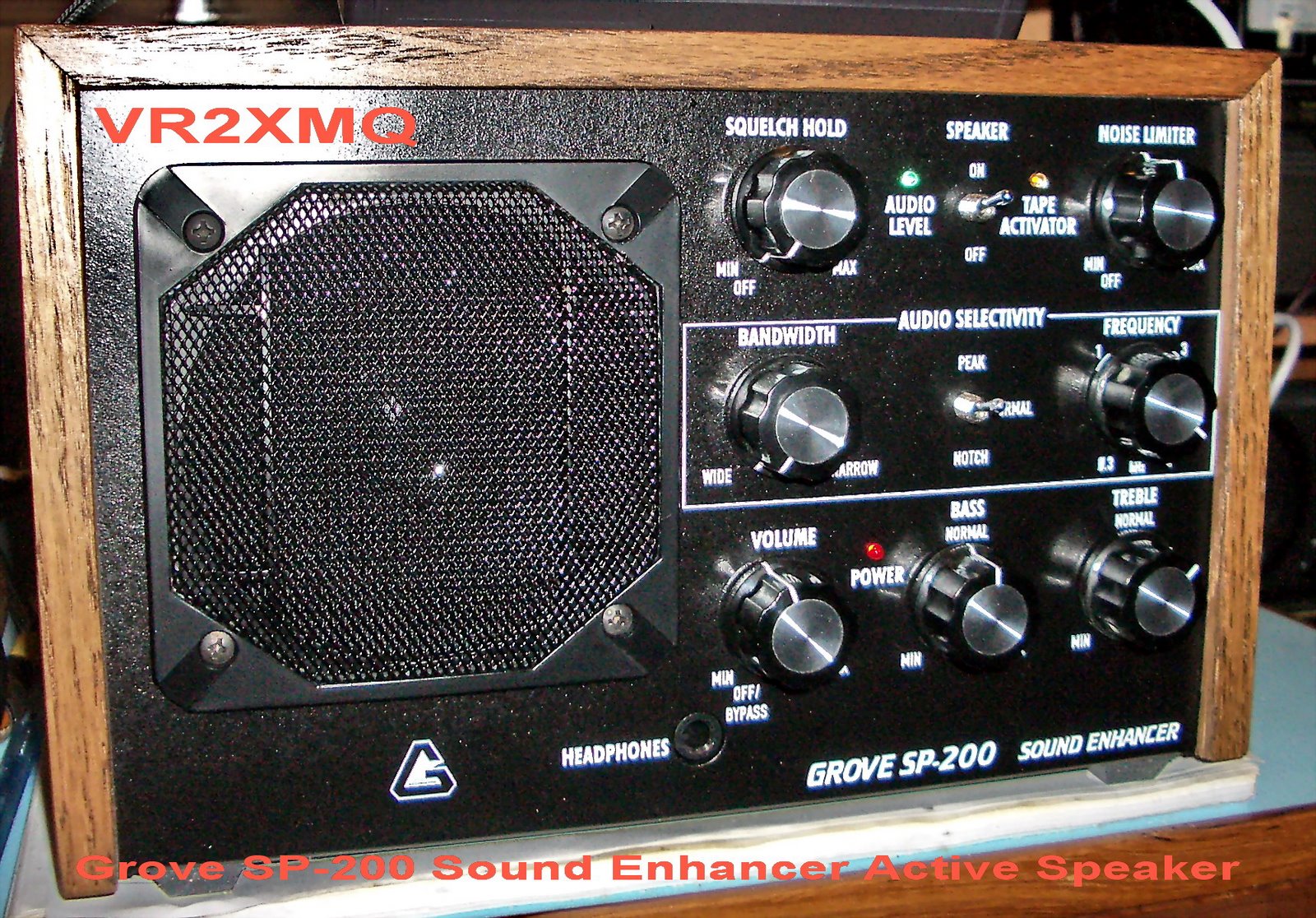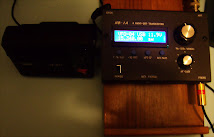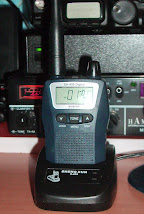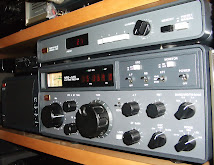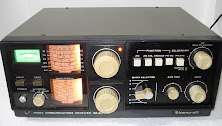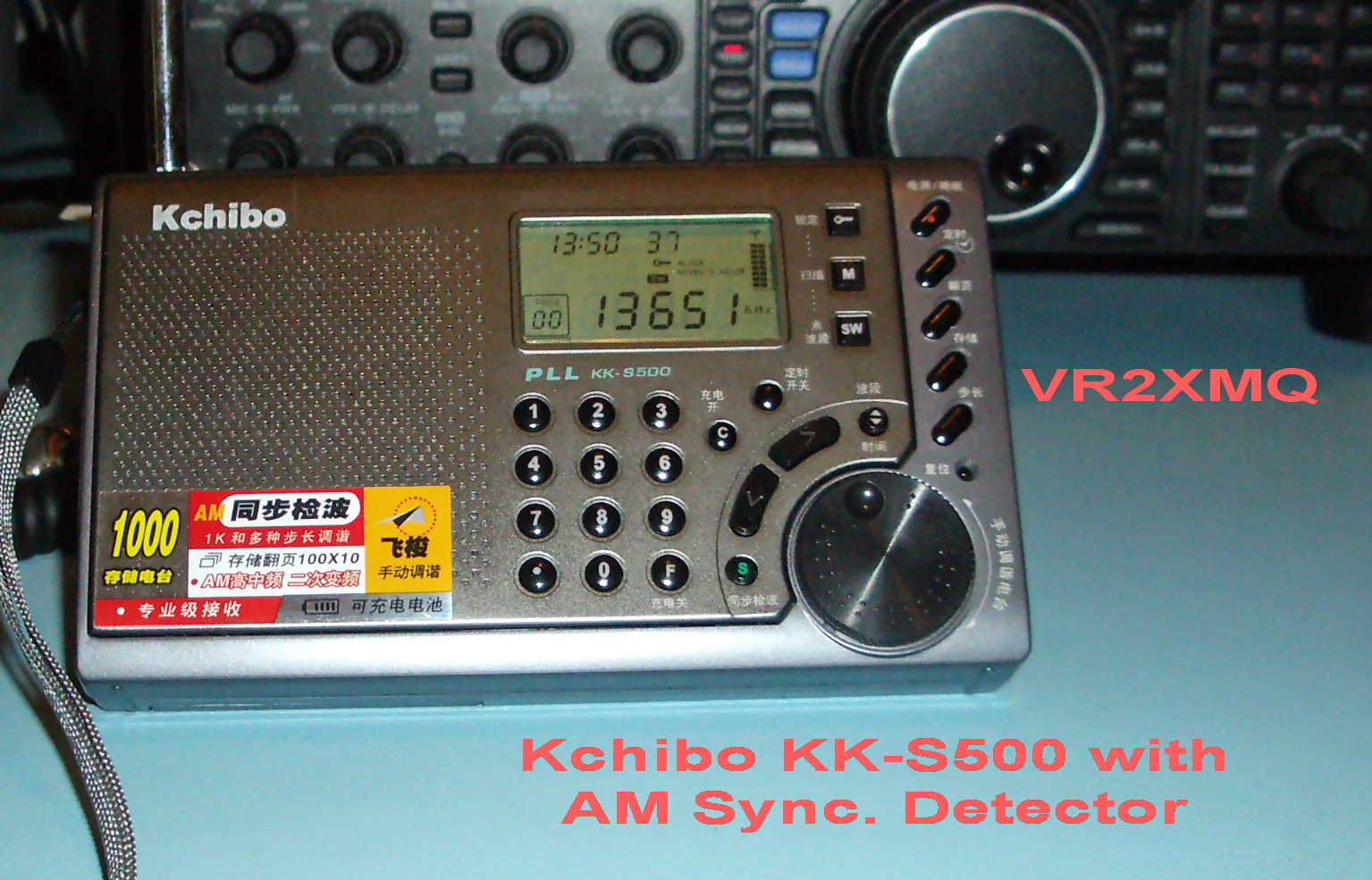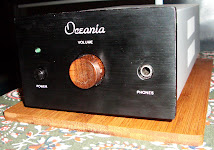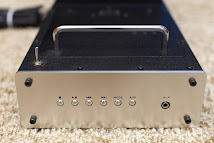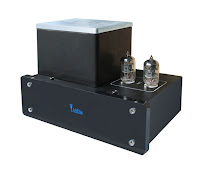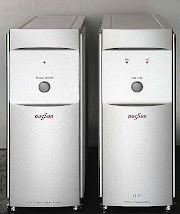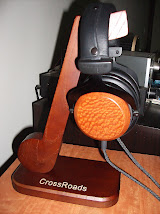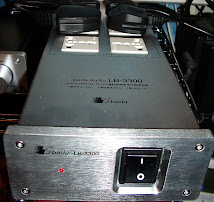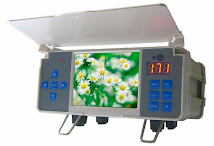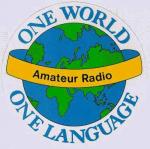-
Sunday, July 26, 2009
Thursday, July 23, 2009
Aria Sonice Mini P1 Tube Headphone Intergrated Amplifier ( 4 x 6 AQ5, 2 X 5670)
 The Aria Sonice mini P1 is made by Wenzhou Shengyi Audio Accessories Factory of China.
The Aria Sonice mini P1 is made by Wenzhou Shengyi Audio Accessories Factory of China.



Integrated Stereo Power Amplifier With Pre and Power amplifier
(CLASS-A)
WITH TUBE HEAD PHONE AMP OUT PUT
110 V - 240V AVAILABLE
Power: 10 watts x 2 in Class A Push and Pull circuit design
4 ohms - 8 ohms
Output tube: 6AQ5/6P1X4 Input/Driver tube: 6N3
Frequency: 10Hz-70KHz +/-3 dB Signal/Noise Ratio: 90dB Distortion: less than 1% at full power Input Consumption: <80w
Size Dimenson:200 x 135 x 230mm
Weight: 9KG
Monday, July 13, 2009
Mr. Fujita - Elekit Engineer and Designer for TU Series.

Information supplied by Victor "Vkung" of Head-fi:
The first TU Series product launched in 1986. Mr. Fujita has been one of the engineers instrumental in driving developments of these vacuum tube kits for the past many years.
Mr. Fujita was born in Osaka in 1956 and raised in Fukuoka. He became interested in electronics in his higher elementary school grades and began to construct germanium radios and transistor radios. His first love with classical music was The Blue Danube sung by the Vienna Boys' Choir he heard in his junior high days. He eventually fell under the spell of music and audio. Soon he found himself gathering vacuum tubes from abandoned TVs and with humble parts permitted by his limited pocket money, he began building simple amplifiers or transceivers on aluminum lunch boxes or steel cookie cans. At the same time, he indulged in railroad models and made HO gauge trains of his own. It was during these junior high school days also that he obtained his HAM operator's amateur radio license.
In 1980 when a university student, he bought the first-gen Sony Walkman, then a revolutionary product. From then onwards, he became interested in portable audio in general. The car audio in his first set of wheels was this Walkman plus a DIY IC amplifier. Busy schedules filled up with lectures and studies prevented him from building his home hifi amps and he settled for Marantz and a pair of Diatone DS-25B 2-way monitor, with the speakers still in use today. Then he discovered Dixieland jazz at a club and it became one of his favorite music genres.
After graduating from Tokai University with a communication engineering degree, Mr. Fujita landed a job designing electronic systems for an automobile manufacturer before joining Elekit. In his present position, Mr. Fujita's life-long passion for audio electronics, model making and electro-mechanical engineering have finally found perfect solace and satisfaction. The solid DIY term of his youth helps him conceptualize, design and develop the TU series of amplifiers and CD player among many other Elekit products.
Mr. Fujita was born in Osaka in 1956 and raised in Fukuoka. He became interested in electronics in his higher elementary school grades and began to construct germanium radios and transistor radios. His first love with classical music was The Blue Danube sung by the Vienna Boys' Choir he heard in his junior high days. He eventually fell under the spell of music and audio. Soon he found himself gathering vacuum tubes from abandoned TVs and with humble parts permitted by his limited pocket money, he began building simple amplifiers or transceivers on aluminum lunch boxes or steel cookie cans. At the same time, he indulged in railroad models and made HO gauge trains of his own. It was during these junior high school days also that he obtained his HAM operator's amateur radio license.
In 1980 when a university student, he bought the first-gen Sony Walkman, then a revolutionary product. From then onwards, he became interested in portable audio in general. The car audio in his first set of wheels was this Walkman plus a DIY IC amplifier. Busy schedules filled up with lectures and studies prevented him from building his home hifi amps and he settled for Marantz and a pair of Diatone DS-25B 2-way monitor, with the speakers still in use today. Then he discovered Dixieland jazz at a club and it became one of his favorite music genres.
After graduating from Tokai University with a communication engineering degree, Mr. Fujita landed a job designing electronic systems for an automobile manufacturer before joining Elekit. In his present position, Mr. Fujita's life-long passion for audio electronics, model making and electro-mechanical engineering have finally found perfect solace and satisfaction. The solid DIY term of his youth helps him conceptualize, design and develop the TU series of amplifiers and CD player among many other Elekit products.
Sunday, July 12, 2009
HLLY MK-III 3 "Super Tube" Headphone Amplifier.

The Hlly MK-III 3 "Super Tube" Headphone Amplifier is a clone of the Little Dot MK-IV headphone amplifier. The Hlly employs the GE5654 x 2 for drivers and of course the "Super Tubes" - Sovtek 6H30 PI x 2 for power (as mentioned earlier in another blog entry these tubes are a variant of the 6DJ8 but cannot be substituted directly). The 6H30 is dubbed as the "Super Tube" by BAT and used in their high end audio equipment as well as many renowned manufacturers. The Hlly has the same basic looks and build quality is on a par with the Little Dot but the price is not as high. I will be giving more details on this "Super Tube" headphone amplifier shortly but just to let you know what I think so far - "It will knock your socks off" and will challenge some of the best tube amps sonically!
The Hlly has the same basic looks and build quality is on a par with the Little Dot but the price is not as high. I will be giving more details on this "Super Tube" headphone amplifier shortly but just to let you know what I think so far - "It will knock your socks off" and will challenge some of the best tube amps sonically!
 My Hlly is paired up to my Elekit TU-884CD limited edition CD player which employs a 12AU7 tube for audio output (see separate blog article on the Elekit TU-884CD). But for now here are some first picks of the "Super Tube" amp from Hlly:
My Hlly is paired up to my Elekit TU-884CD limited edition CD player which employs a 12AU7 tube for audio output (see separate blog article on the Elekit TU-884CD). But for now here are some first picks of the "Super Tube" amp from Hlly:

 The Hlly has the same basic looks and build quality is on a par with the Little Dot but the price is not as high. I will be giving more details on this "Super Tube" headphone amplifier shortly but just to let you know what I think so far - "It will knock your socks off" and will challenge some of the best tube amps sonically!
The Hlly has the same basic looks and build quality is on a par with the Little Dot but the price is not as high. I will be giving more details on this "Super Tube" headphone amplifier shortly but just to let you know what I think so far - "It will knock your socks off" and will challenge some of the best tube amps sonically! My Hlly is paired up to my Elekit TU-884CD limited edition CD player which employs a 12AU7 tube for audio output (see separate blog article on the Elekit TU-884CD). But for now here are some first picks of the "Super Tube" amp from Hlly:
My Hlly is paired up to my Elekit TU-884CD limited edition CD player which employs a 12AU7 tube for audio output (see separate blog article on the Elekit TU-884CD). But for now here are some first picks of the "Super Tube" amp from Hlly:
Elekit TU884CD Tube CD PLayer (Limited Edition)
 The Elekit TU-884CD is a limited edition tube output CD player in kit form produced by Elekit of Japan. My set has S/N No.: 884A032. This is a limited edition vacuum tube CD player employing a 12AU7 for the audio output and mine is a Philips tube. The digital sampling frequency is 44.1kHz.
The Elekit TU-884CD is a limited edition tube output CD player in kit form produced by Elekit of Japan. My set has S/N No.: 884A032. This is a limited edition vacuum tube CD player employing a 12AU7 for the audio output and mine is a Philips tube. The digital sampling frequency is 44.1kHz. Do-It-Yourself vacuum amp kits are part of a larger growing retro trend in Japan, taking modern products and giving them a classic feel and mostly employing tubes instead of SS circuits.
Do-It-Yourself vacuum amp kits are part of a larger growing retro trend in Japan, taking modern products and giving them a classic feel and mostly employing tubes instead of SS circuits.
As you can see from the photos the kit is very extensively well thought out by Elekit of Japan and is of top notch grade in choice of components and chassis build bringing back many memories of the old Heathkit series of kits we took for granted so many years ago which are sadly missed today. The power transformer is a R-core transformer.

 The kit and instructions are well laid out and suffice to say I built and put together the whole CD player and had it working in less then 8 hours. The time I took to build it was long as this player can be built between 4-5 hours, but I took my time listening to music, in between coffee breaks and a trip to the supermarket!
The kit and instructions are well laid out and suffice to say I built and put together the whole CD player and had it working in less then 8 hours. The time I took to build it was long as this player can be built between 4-5 hours, but I took my time listening to music, in between coffee breaks and a trip to the supermarket!

Impressions:
The TU-884CD is connected to my Hlly MK-III 3 tube headphone amplifier which employ 2 x 6H30 PI Sovtek "Super Tubes" which are of the 6DJ8 variant as well as 2 x GE5654 driver tubes. With this combination at present it is rendering the highest resolution of all my stock headphone amplifier and CD player combinations. The warmth of the tubes is well characterised and even though it is a highly analytical combination I have not found that it is overbearing or bright in any manner. Very small finite details in music pieces are rendered very precise and extremely well defined and this set up could be one of my reference combinations.
 TU-884CD Tube CD Player Specifications:
TU-884CD Tube CD Player Specifications:
- Vacuum tube: 12AU7 X 1
 The kit and instructions are well laid out and suffice to say I built and put together the whole CD player and had it working in less then 8 hours. The time I took to build it was long as this player can be built between 4-5 hours, but I took my time listening to music, in between coffee breaks and a trip to the supermarket!
The kit and instructions are well laid out and suffice to say I built and put together the whole CD player and had it working in less then 8 hours. The time I took to build it was long as this player can be built between 4-5 hours, but I took my time listening to music, in between coffee breaks and a trip to the supermarket!
Impressions:
The TU-884CD is connected to my Hlly MK-III 3 tube headphone amplifier which employ 2 x 6H30 PI Sovtek "Super Tubes" which are of the 6DJ8 variant as well as 2 x GE5654 driver tubes. With this combination at present it is rendering the highest resolution of all my stock headphone amplifier and CD player combinations. The warmth of the tubes is well characterised and even though it is a highly analytical combination I have not found that it is overbearing or bright in any manner. Very small finite details in music pieces are rendered very precise and extremely well defined and this set up could be one of my reference combinations.
 TU-884CD Tube CD Player Specifications:
TU-884CD Tube CD Player Specifications:- Frequency response: 20Hz - 20,000Hz
- Sampling frequency: 44.1kHz
- Signal-noise ratio when 0dB:81dB(ASP OFF),80dB(ASP ON)
- Harmonic distortion(when -20dB):0.1%(ASP OFF),0.32%(ASP ON)
- Pickup: semiconductor laser (1-bit DAC)
- Output: 150mVrms (0dB when 1.5V)
- Function: Anti-skip
- Play mode: REPEAT(1/ALL), INTRO, SHUFFLE
- Power supply voltage: AC100V-120V 50/60Hz
- Power consumption: 6W
- Weight: Approximately 3.3kg

 The TU-884CD replaces the TU-881CD player.
The TU-884CD replaces the TU-881CD player.
Subscribe to:
Posts (Atom)







